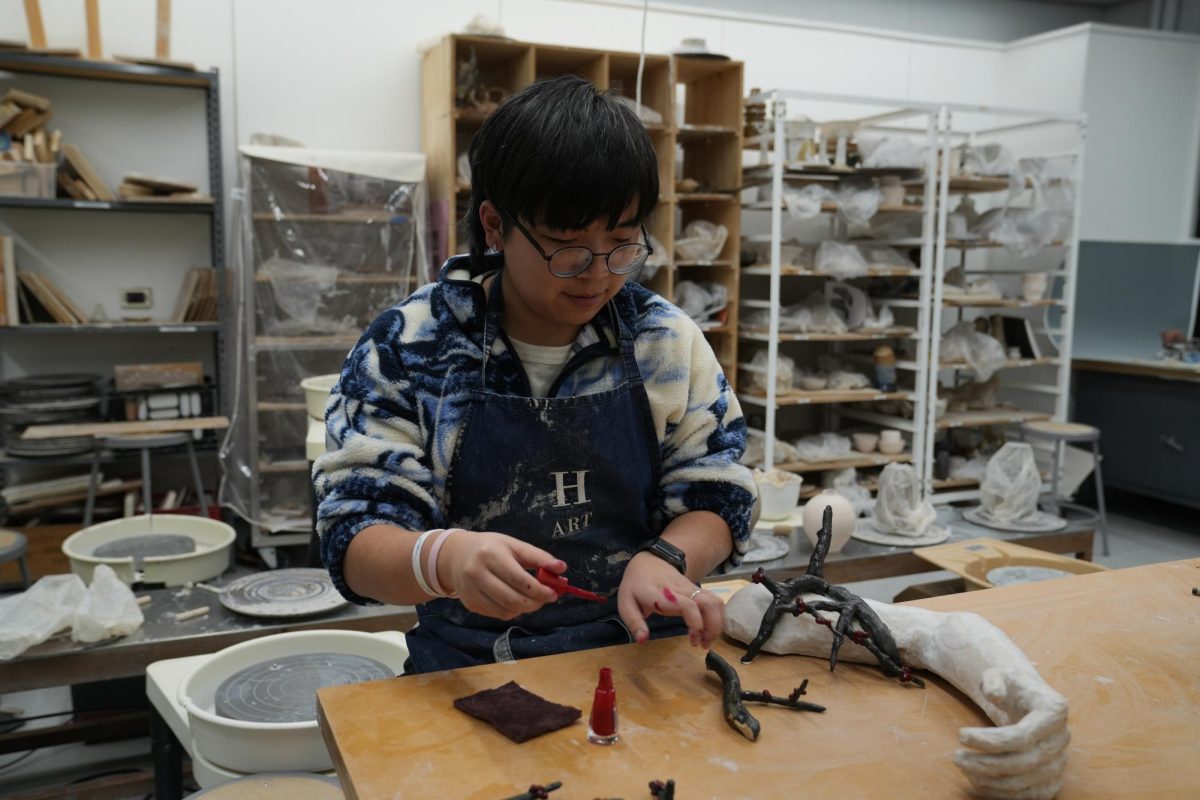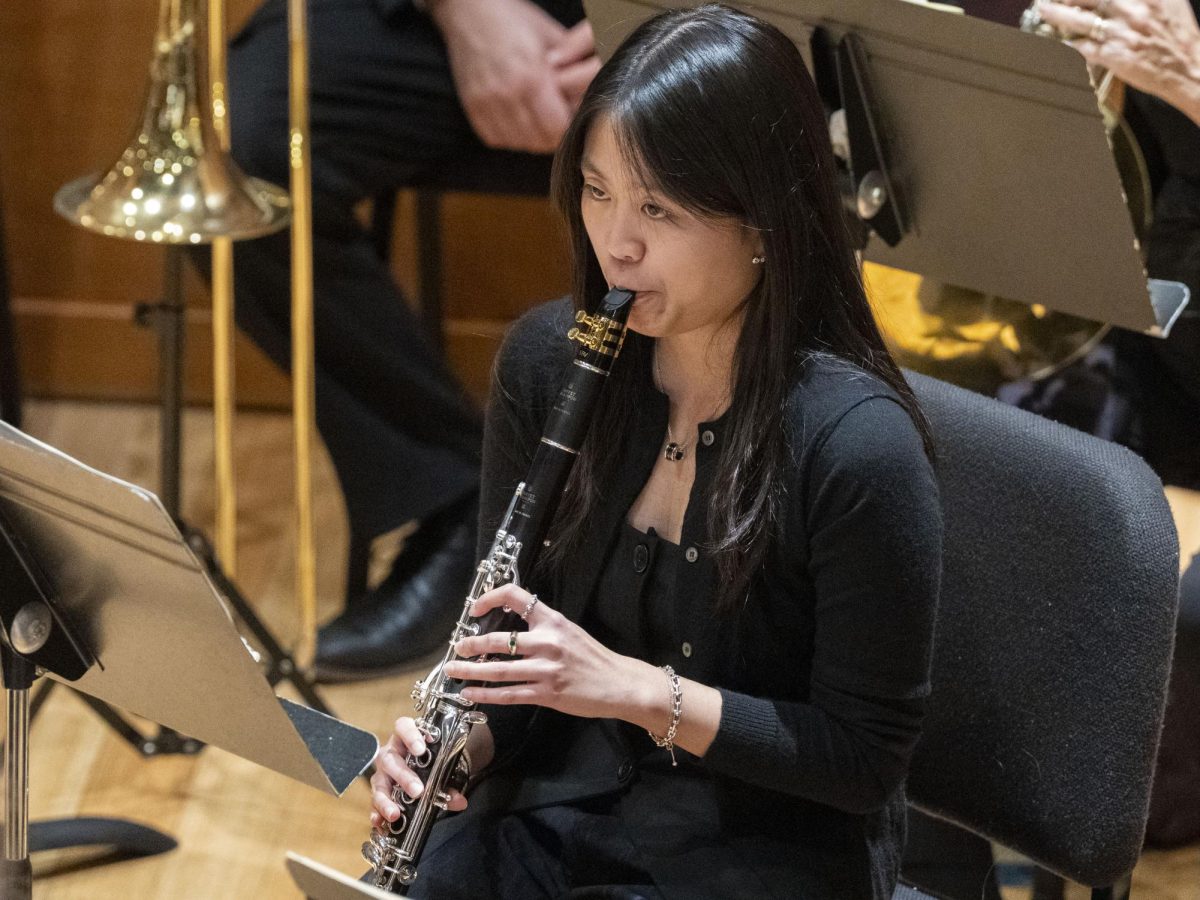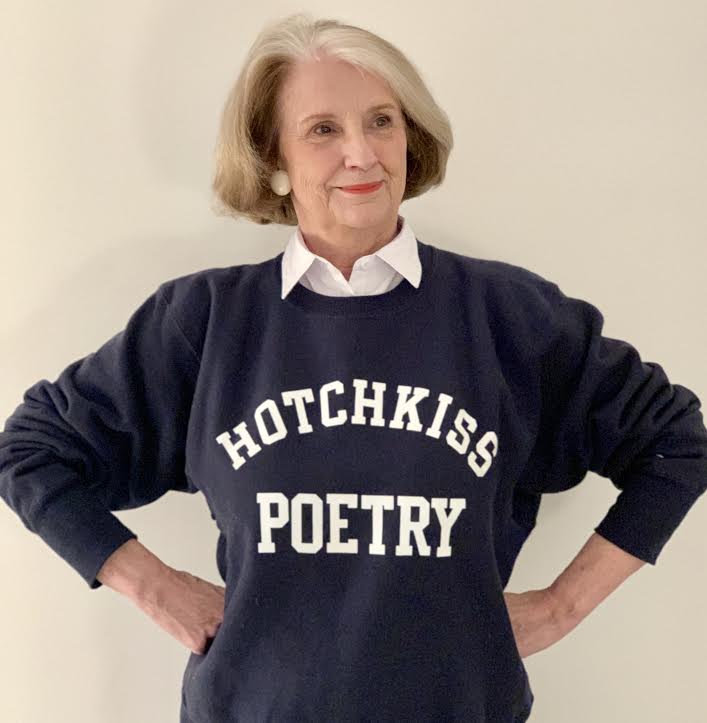Richard Lu ’24 is a four-year Senior from Mechanicsburg, Pennsylvania. His work “And Furthermore, We Bloom” was exhibited at the 31st Kent Art Show and received a Silver Key from the Scholastic Art Awards. He is editor-in-chief of the Mischianza, co-head of Fashion and Style at Hotchkiss and Japanese Culture Club, a board member of ink., and co-captain of Fairfield Farm Ecology and Adventure Team. Next year, Lu will attend Columbia University, where he will study economics and political science.
How did you discover your passion for ceramics?
I took Ceramics as a co-curricular during my Prep year. I was curious about the art despite not being good at it. I started by making rudimentary objects like pinch pots. Being able to create something utilitarian that still has unique beauty attracted me to ceramics.
I later became drawn to sculpture, which allows me to focus on the conceptual rather than practical function of my pieces. Coming from a studio art background, I knew how to create correct form and proportions, but producing 3D versions of what I would have originally painted in studio art was different for me.
What is one of your favorite ceramic pieces that you have made?
One of my favorite ceramic pieces is the piece I’m making now. It is a sculpture of an outstretched hand wrapped in an invasive plant called Asiatic bittersweet. Asiatic bittersweet was initially introduced to the U.S. as an ornamental plant because of its beauty, but it spread like wildfire, overrunning native vegetation.
In the piece, the plant is gripping the bicep while the arm is reaching for a red cord, which is a Chinese symbol of luck and fortune. The concept for this piece reflects my identity as an Asian American. The invasiveness of the plant represents my status as an outsider and perpetual foreigner, while the red cord symbolizes my Chinese heritage.
How has the school’s arts program influenced your work?
Ms. Christine Owen, instructor in ceramics, has always pushed me to strengthen my concepts. She has encouraged me to explore what my pieces symbolize, often offering invaluable insight and perspective.
What do you find most challenging about ceramics?
With sculpture, you’re not building with a lot of context, because you focus on one central piece, whereas in painting you can manipulate the background to give your piece context.
I take a lot of inspiration from my poetry when I think about concepts. Rather than planning the visual representation first, I think about exactly what I want to convey, what type of emotion and feeling I want to give, and try to match the visual image to that feeling.
What advice would you give to aspiring ceramics students?
Ceramics is difficult in the beginning, when a pot that looks simple to make is not turning out how you wanted it to. But failure is natural. You need to build up the necessary endurance and grit to make good pieces. If something explodes in the kiln or if your pot gets too saturated and collapses, these lessons will help you build better habits in the future.







